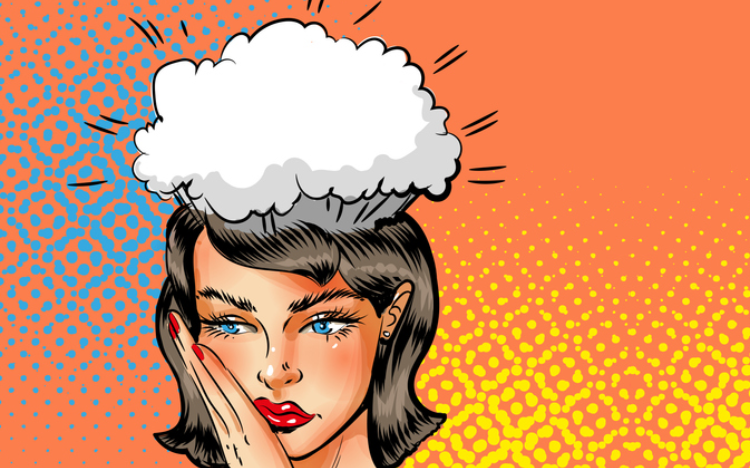Doctors recommend a stepped approach to treatment for acute migraine attack; that is, trying the simplest remedy first. If this fails to manage your pain — as a general rule on 3 consecutive occasions — then you should try the next treatment.
Step 1. Simple pain relief medicine alone
Most simple pain relief medicines are available to buy over-the-counter in pharmacies and supermarkets.
Take pain relief medicine at the first sign of migraine symptoms. As a migraine progresses, your stomach emptying can slow and this can affect the absorption of pain relievers into your bloodstream, making them less effective. This is especially important if you experience nausea and vomiting with migraine.
Step 2. Simple pain reliever and medicine for nausea and vomiting
If nausea is a problem, or if a pain reliever alone does not relieve your migraine pain, you can take the pain reliever with medicine to treat nausea and vomiting.
Step 3. Anti-migraine medicine: the triptans
Triptans work differently to pain relievers. They cause the blood vessels around your brain to contract (narrow). There are a number of different triptans available in Australia and you will need to get a prescription from your doctor.
Step 4. Preventive therapy
If you are experiencing two or more severe migraine attacks a month, you could be a candidate for preventive therapy. Preventive therapy is used in addition to treatments for acute attack, not in place of it.

